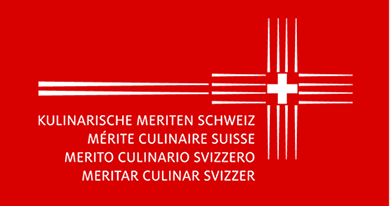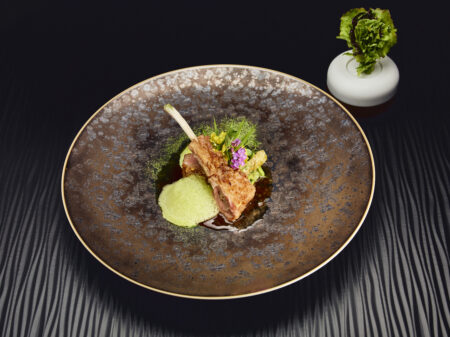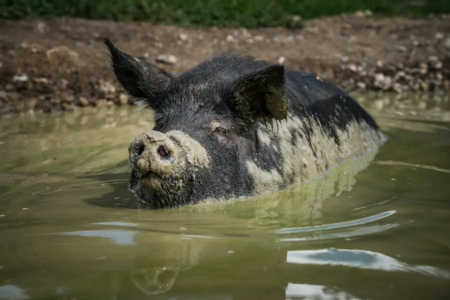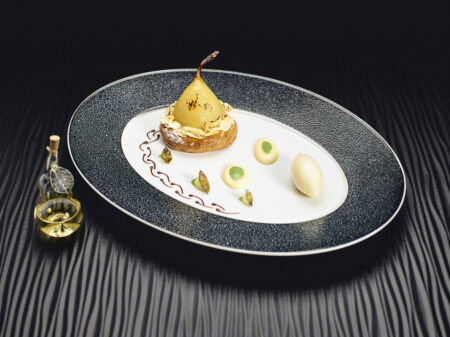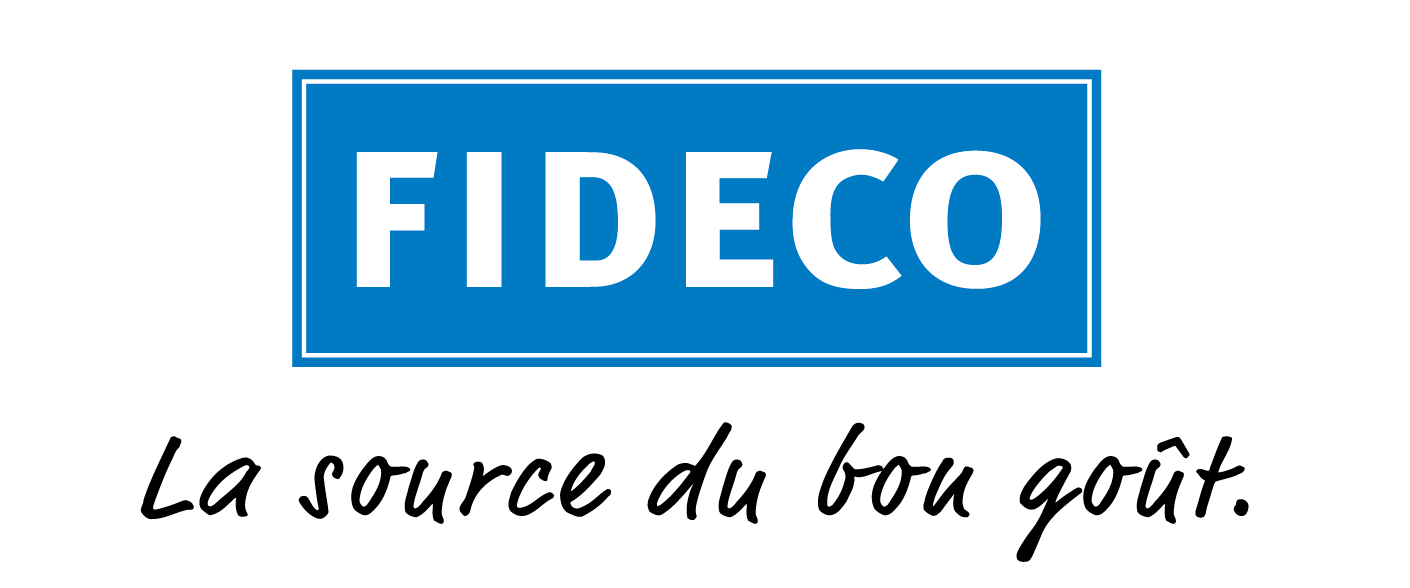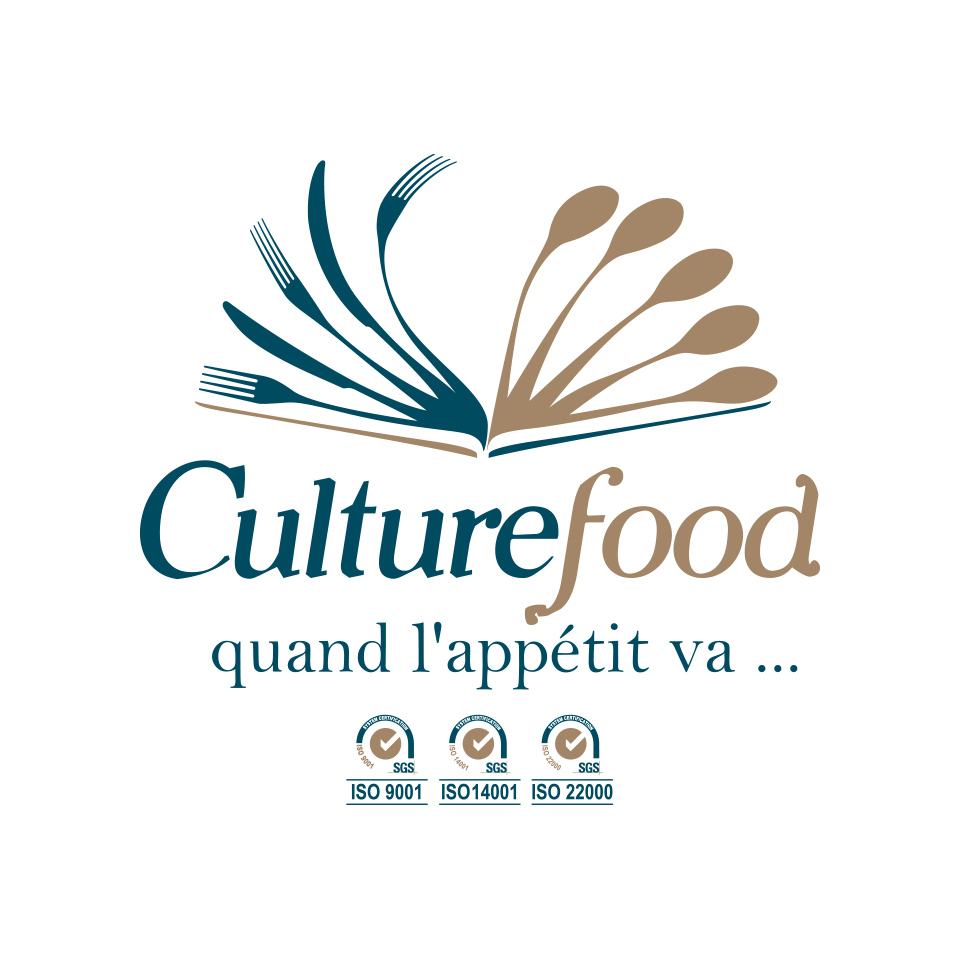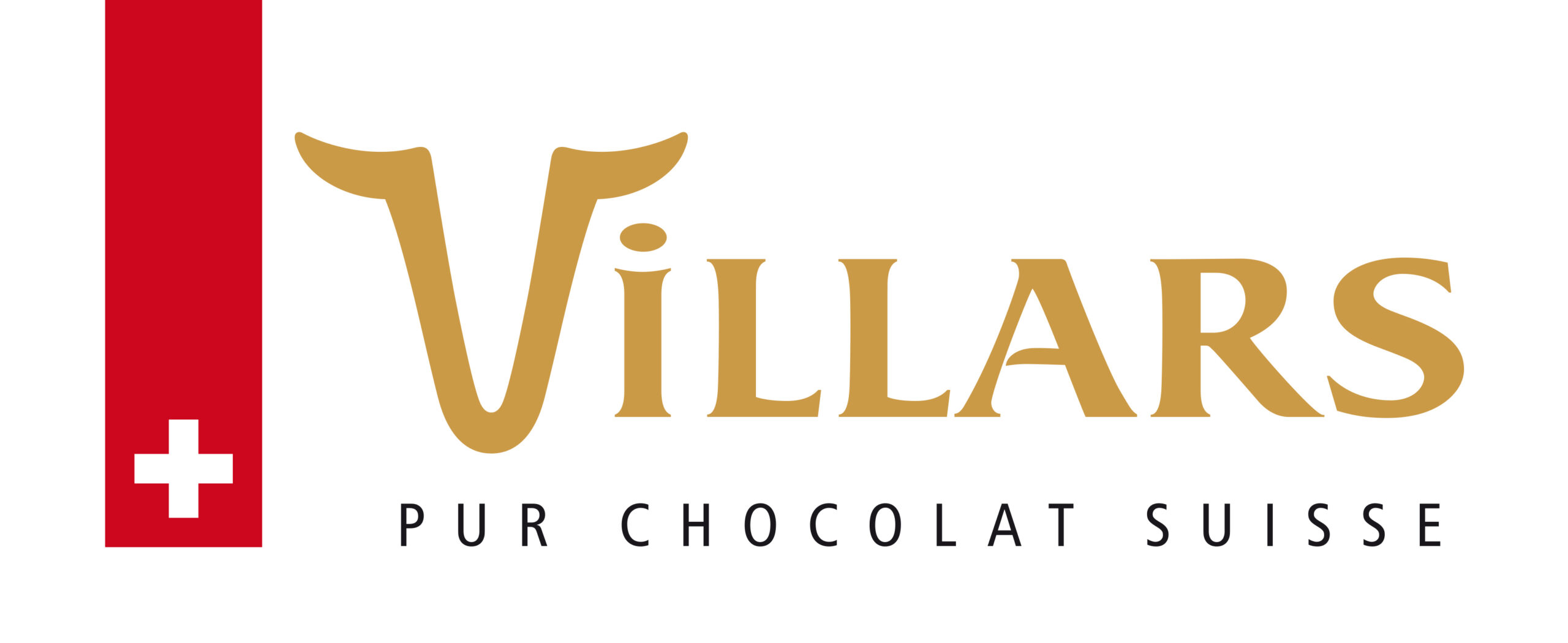Top time in Glion: served in 90 minutes, the new lunches from Maison Décotterd are irresistible.
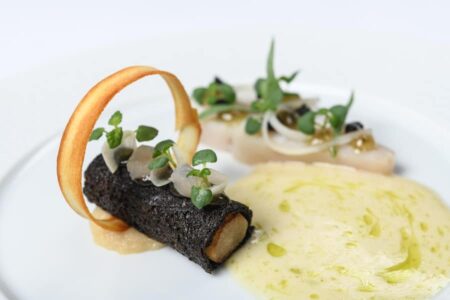
TARRAGON INSTEAD OF CITRUS
At the 47th minute, I fell in love with a slice of poached féra, the flesh of which is flaked off, served with a salsify crust and beurre blanc, all flavored with drops of tarragon oil in the right proportions. “As I cook almost without citrus fruits, I like to take advantage of the aniseed acidity of the tarragon”, explains the chef Stéphane Décotterd. We appreciate all the more that the small copper pan remains on the table, so that we can refill it.
QUICK LUNCH
A few weeks ago, Stéphane Décotterd launched his amuse-bouche menu. In his restaurant in Glion, where the view of Montreux and Lake Geneva is breathtaking, he explains: “Until now, there was only a rather short business lunch and the tasting menu, so I thought I’d offer a third option. Because lunchtime consumption habits have changed. Five times a year, this new offer will be adapted to the season and the chef promises to serve it in 90 minutes. Realistic? We tested it for you.
WHITE TO RELAX
Lunch starts at noon sharp with a chilled glass of Saint-Saphorin to lighten the mood. It’s accompanied by the first bites to be enjoyed with the hands that respond ideally to the wine: a crispy tartlet with cauliflower cream, arugula and fried capers; a saffron choux pastry dumpling filled with Bénichon mustard; a two-tiered cookie with double Gruyère cream and cheese.
DO YOU LIKE COOL-JAZZ?
At 12:20 p.m., a slice of bread and salted butter arrive on the table without much fuss. But what more can you ask for when the bread crust is so crisp and the butter so tasty? Something other than A-ha’s “Hunting high and low” in a cool jazz version, perhaps?
SHIVERS OF PLEASURE
After a delicious appetizer of trout tartar with watercress cream and nasturtium, comes the second course. It is 12:37 pm. Although it’s cold, I feel warm and shiver with pleasure in front of a raw shrimp tartar with watercress, covered with a beet jelly. A little yogurt keeps the flavors iodized and fresh.
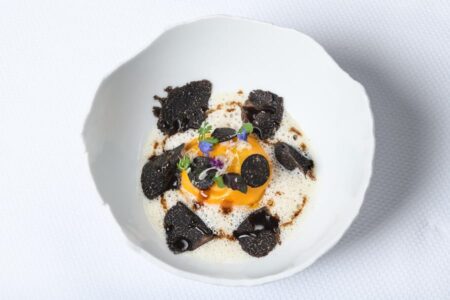
SWEETBREADS AND LETTUCE HEART
After the féra, then a ravioli filled with truffle and senna, the pleasure of tasting is intact. But I’m starting to worry about the timing. Can a main course and dessert still arrive without stress? Here’s a glass of merlot, also from the region, accompanying a boat-shaped plate: roasted sweetbreads and green gnocchi, meet with lettuce heart leaves and green cream. Green? Yes, because sage is one of Decotterd’s other favorite winter herbs.
CAVIAR FOR THE END
The speed-dating is now in its final minutes and my cheeks are starting to turn pink. But at 1:31 pm, Christophe Loeffel’s dessert (“Pastry Chef of the Year” 2021) arrives on the table, right on time. Served in a caviar tin, the cocoa caviar and chocolate ganache hide pieces of pickled pear and a cookie.
I WANT TO SEE HIM AGAIN
That we should then spend a few more minutes to punctuate this enchanting midday encounter with coffee and mignardises, no one will probably object. In any case, I hope to have the pleasure of a new visit to Stéphane Décotterd very soon!
Text : GaultMillau Suisse
